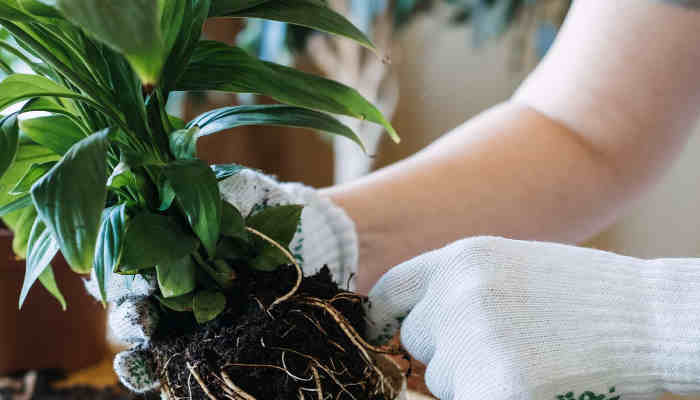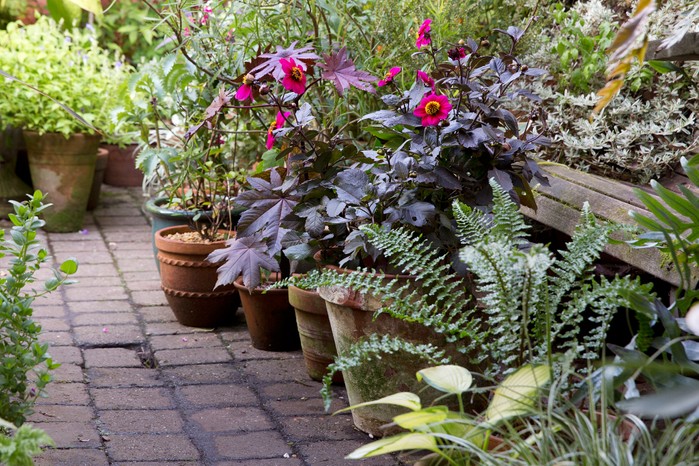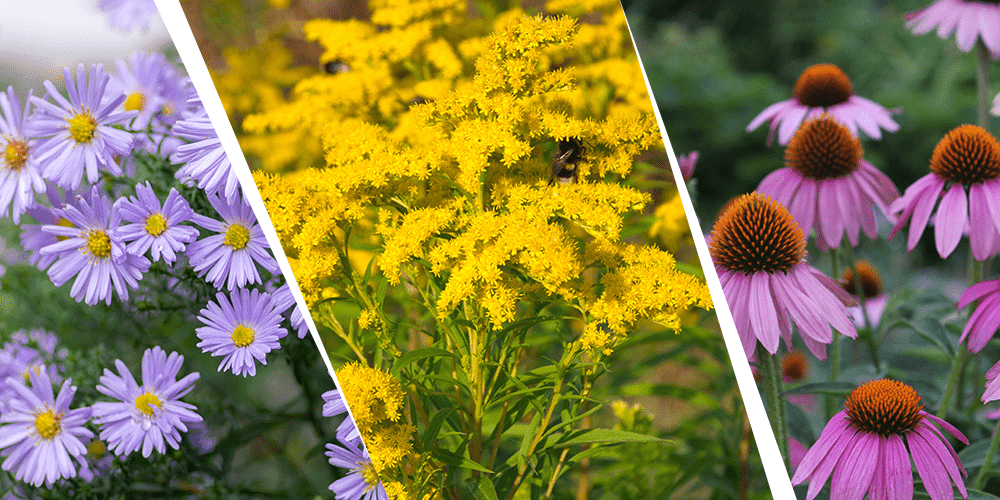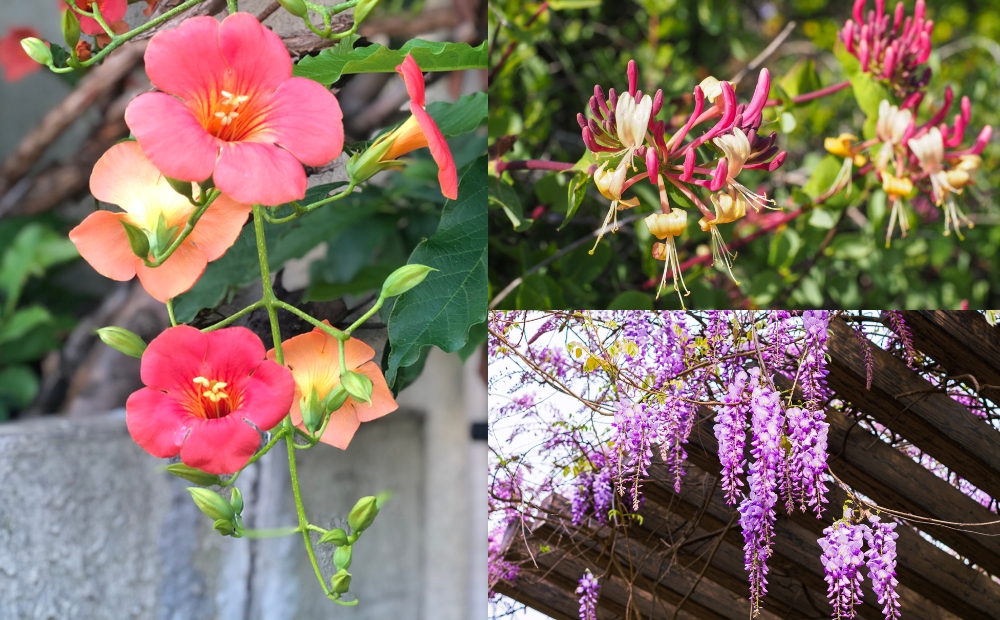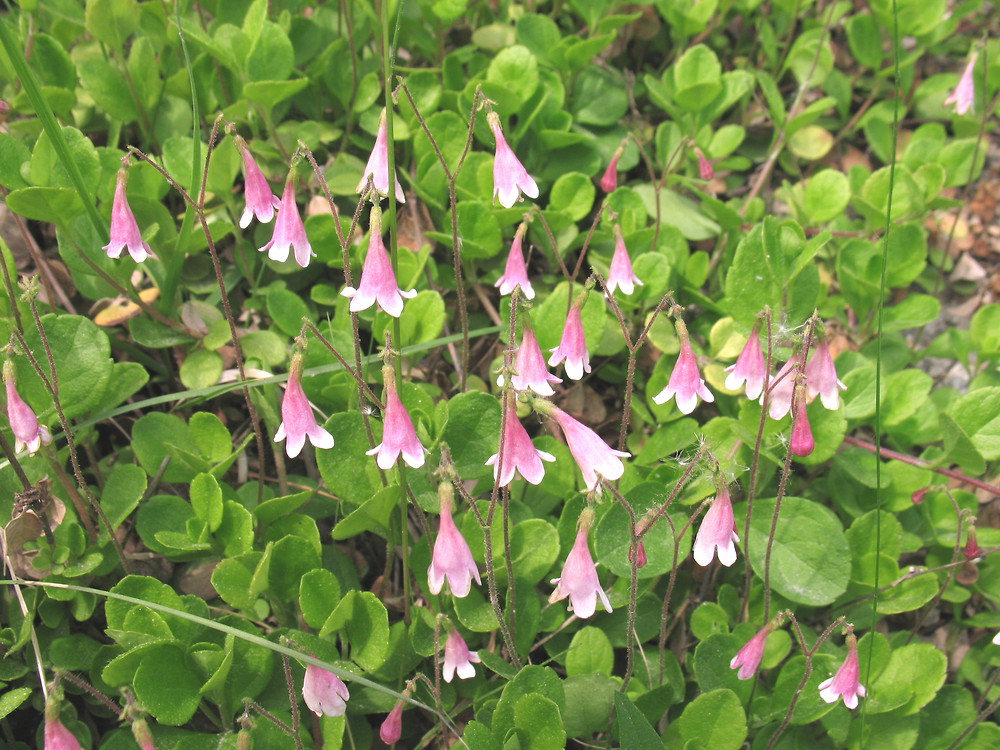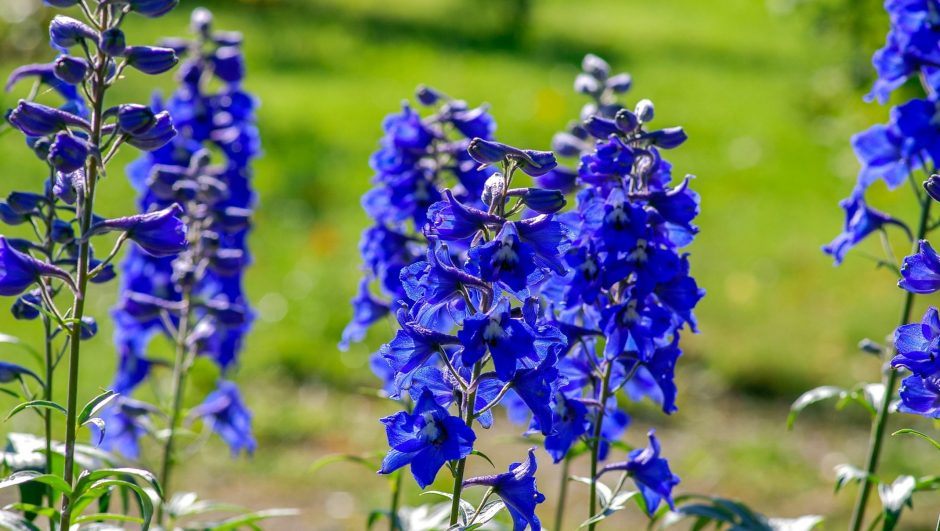Garden Planting Guide
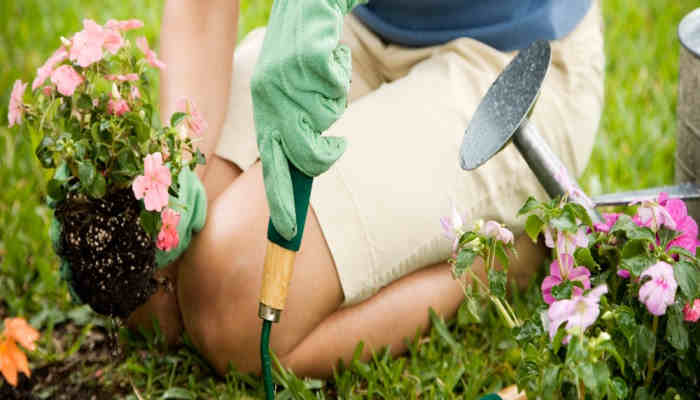
Planting a garden is more than simply placing seeds in soil—it’s a thoughtful process that requires planning, timing, and care. This Garden Planting Guide is designed to help beginners and experienced gardeners alike achieve vibrant, healthy growth throughout the seasons. Whether you’re growing flowers, vegetables, or herbs, knowing what to plant and when is crucial for success.
Why a Garden Planting Guide Matters
A comprehensive garden planting guide ensures your efforts aren’t wasted. Without understanding your climate zone, soil type, or planting calendar, even the best seeds may fail to thrive. This guide provides key insights into soil preparation, companion planting, and how to time your plantings for maximum yield and beauty.
Step 1: Know Your Planting Zone
The USDA Plant Hardiness Zone Map is an essential tool. It divides regions based on average minimum winter temperatures. Most plant labels reference these zones, helping you choose species best suited to your area. For example, tomatoes thrive in zones 4–10, while lavender prefers drier, warmer climates.
Step 2: Plan According to Seasons
Spring Planting
Spring is the ideal time for cool-season crops and many flowers. Think peas, spinach, lettuce, pansies, and tulips.
Summer Planting
Warm-season vegetables like tomatoes, peppers, and zucchini should be planted after the last frost date. Incorporate sunflowers, marigolds, and zinnias for summer color.
Fall Planting
Autumn is perfect for hardy greens like kale, broccoli, and carrots, as well as for planting bulbs that will bloom in spring.
Winter Preparation
Use this time to amend your soil, mulch beds, and plan your layout for the next growing season.
Step 3: Prepare the Soil
Healthy soil is the foundation of every thriving garden. Use compost and organic fertilizers to enrich the earth. Conduct a soil test to determine pH and nutrient levels. Most garden plants prefer a neutral to slightly acidic soil (pH 6.0–7.0).
Step 4: Smart Plant Placement
Use companion planting to naturally deter pests and enhance growth. For example:
-
Basil near tomatoes improves flavor and repels aphids.
-
Carrots and onions planted together help repel carrot flies.
Also, consider sunlight exposure—most vegetables and flowering plants require 6–8 hours of full sun daily.
Step 5: Consistent Care and Maintenance
Even with a solid planting guide, ongoing care is crucial:
-
Water regularly, especially during dry spells.
-
Weed weekly to reduce competition for nutrients.
-
Mulch to retain moisture and suppress weeds.
-
Prune and deadhead as needed to encourage continued growth.
